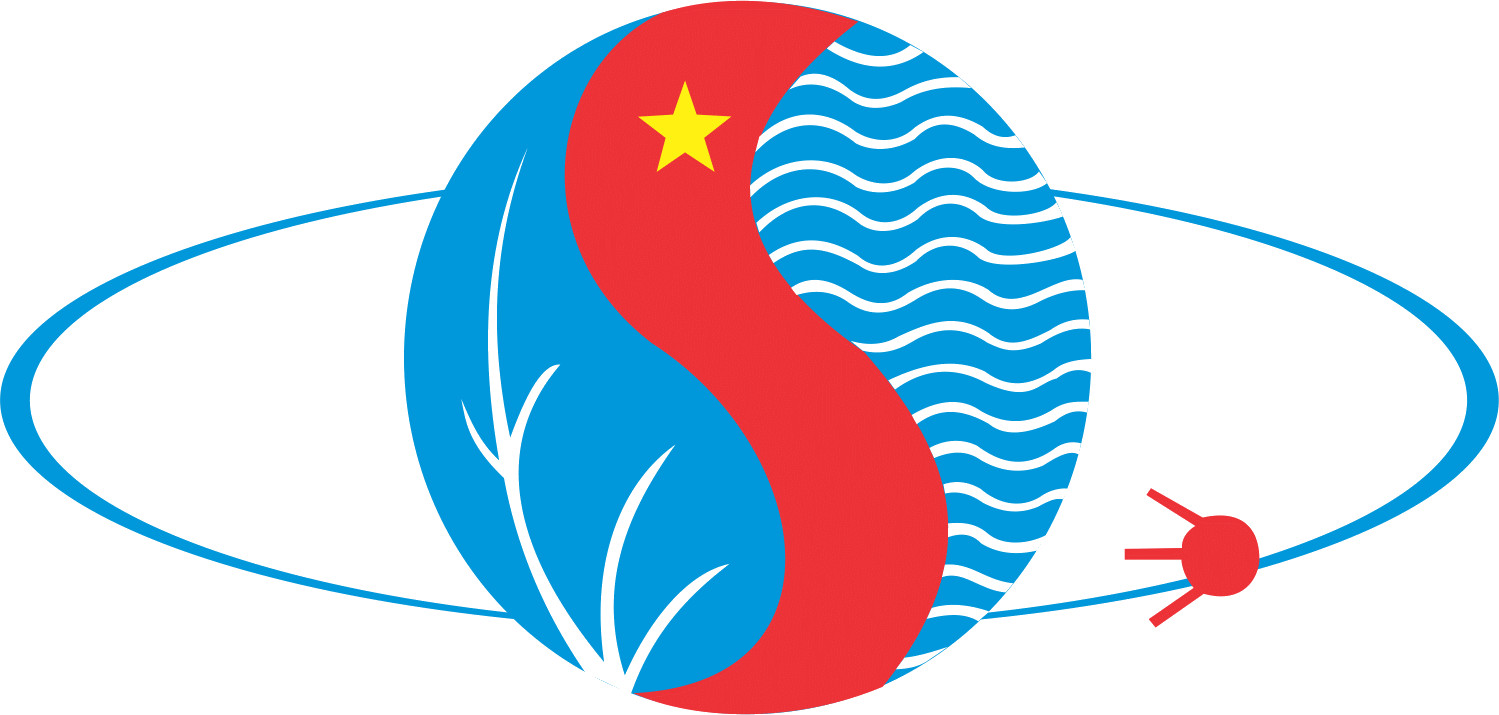Effect of Annealing Temperature on the Structure, optical and Electronic Properties of \(\text{TiO}_{2}\) Made by Thermal Treatment of \(\text{Ti}\)
Author affiliations
DOI:
https://doi.org/10.15625/0868-3166/24/2/3702Abstract
In this work, TiO\(_{2}\) nanocrystalline thin films were obtained through evaporating Ti films by Electron Beam Deposition (EBD) followed by thermal treatment. The deposition speed of Ti thin fims was carried out at 0.15 nm/s and 1 nm/s. The results show that after annealing at 450\(^\circ\)C for 8 h, the obtained TiO\(_{2}\) thin films have nanoparticle structure with grain size of 20 nm for the Ti thin film deposited at the rate of 1nm/s, whereas at the a deposition rate of 0.15 nm/s, the TiO\(_{2}\) has a nanorod structure with the rod length of 300 -- 400 nm. At 700\(^\circ\)C for 8 h, the rutile phase was formed. At annealing temperature of 450\(^\circ\)C, all the samples are close to the stress free TiO\(_{2}\). The band gap of TiO\(_{2}\) thin films decreased with annealing temperature in both doposition rate of Ti thin films. The response of the films annealed at 450\(^\circ\)C presented a faster rise and fall in photocurrent under UV illumination on and off interval. Nanoporous structure TiO\(_{2}\) shows photoelectronic property better than that of nanorod structure. The obtained TiO\(_{2}\) films were characterized by X-ray diffraction (XRD) and a field emission scanning electron microscope (FE-SEM). The TiO\(_{2}\) films were used in a photo-electrochemical (PEC) cell as a working electrode and a platinum electrode as a counter electrode. The electrolyte solution contains 1 M KCl and 0.1 M Na\(_{2}\)S.Downloads
Download data is not yet available.
Metrics
Metrics Loading ...
Downloads
Published
18-07-2014
How to Cite
[1]
D. T. Chien and P. D. Long, “Effect of Annealing Temperature on the Structure, optical and Electronic Properties of \(\text{TiO}_{2}\) Made by Thermal Treatment of \(\text{Ti}\)”, Comm. Phys., vol. 24, no. 2, p. 155, Jul. 2014.
Issue
Section
Papers
License
Authors who publish with CIP agree with the following terms:- The manuscript is not under consideration for publication elsewhere. When a manuscript is accepted for publication, the author agrees to automatic transfer of the copyright to the editorial office.
- The manuscript should not be published elsewhere in any language without the consent of the copyright holders. Authors have the right to enter into separate, additional contractual arrangements for the non-exclusive distribution of the journal’s published version of their work (e.g., post it to an institutional repository or publish it in a book), with an acknowledgement of its initial publication in this journal.
- Authors are encouraged to post their work online (e.g., in institutional repositories or on their websites) prior to or during the submission process, as it can lead to productive exchanges or/and greater number of citation to the to-be-published work (See The Effect of Open Access).
Received 24-02-2014
Accepted 10-04-2014
Published 18-07-2014
Accepted 10-04-2014
Published 18-07-2014












